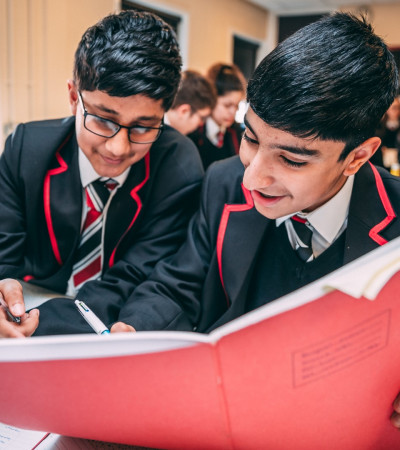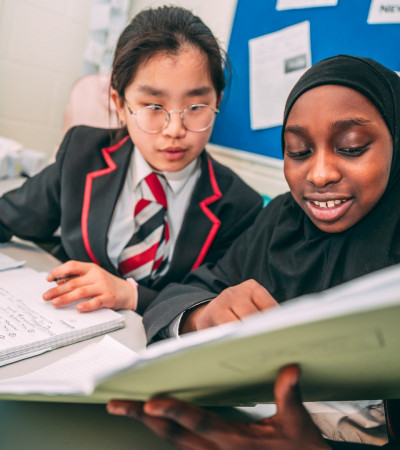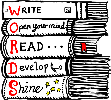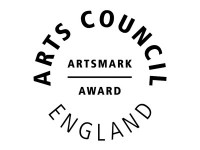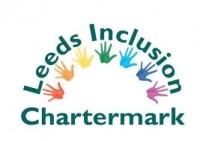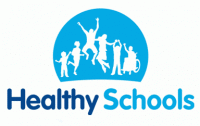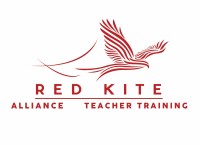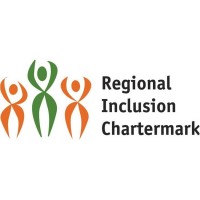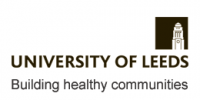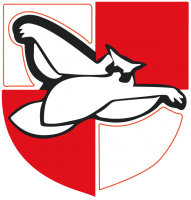
Confidence
KS3
Scheme of Learning overview is shared with, and developed by department staff. Teaching staff use this and key shared lessons, to develop resources and learning activities appropriate to their teaching groups. All lessons focus on a key enquiry question as part of the learning journey, and highlight key and challenging words where necessary.
Books reflect developing historical knowledge, skills and understanding across a ‘narrative ‘planned to be delivered in three years. Members of staff actively encourage deeper writing to reflect the level of discussion and thinking in lessons, which is not always reflected in pupils’ writing. Thinking maps are used to support pupils in acquiring large amounts of knowledge, and to support extended writing. A variety of learning activities are encouraged, and are supported by common assessment tasks tracking progress in key assessment objectives over time. Content is chronologically planned through KS3 to support pupils in gaining a coherent picture of historical developments as a foundation for their historical skill development. Every opportunity is taken to link historical concepts and events to present day situations.
Skills such as literacy and numeracy are always applied within each narrative block, and 15 minute silent task opportunities. Discussion and debate, modelling high level thinking and verbalisation are key features of History lessons throughout KS3. Teachers use a range of targeted questioning techniques (especially challenging follow up questions) and activities to develop student’s oracy, particularly using specialised and accurate vocabulary.
As part of confidence week in particular, and at other assessment points, the History Department continue to develop revision lessons and activities to prepare pupils. Review and reflection across the department takes place following assessments and exams. Green pen work to review and reflect follows on from staff PINS feedback.
KS4
The knowledge, skills and understanding of KS3 are the foundation for KS4, where planning of content supports understanding and context, but deliberately avoids repetition.
GCSE History builds on knowledge and skills develop at key Stage 3 as it enables students to extend their knowledge and understanding of key events, periods and societies in Britain and wider world history. By using a wider range of sources, students continue to engage in historical enquiry and develop a more sophisticated way to organise and communicate their knowledge and understanding to reach substantiated conclusions.
The AQA GCSE is split in to 4 key units, and this content heavy specification is split over the two years. A summary of content, including specific key words, is provided for each unit. These are reinforced by a focus on assessment styles for that unit using laminated ‘assessment mats’.
Example assessment questions are modelled planned and practiced using PINS, throughout the course, and a GCSE paper is set at the end of each unit with full review and green pen reflection. This helps to create an assessment portfolio over the two years of KS4. Detailed revision guides are provided by the department to support pupil progress and preparation for all four units examined. Teaching staff use data to inform planning and teaching to ensure that all students are challenged and able to access learning.
KS5
The two units are delivered by separate teaching staff, with a common emphasis on understanding the demands of the examination and the style of writing required to succeed. The individualised NEA is delivered by both members of staff (in consultation with NEA adviser) in the summer term of Y12 and the autumn term of Y13.

